Audi 2010 Annual Report Download - page 171
Download and view the complete annual report
Please find page 171 of the 2010 Audi annual report below. You can navigate through the pages in the report by either clicking on the pages listed below, or by using the keyword search tool below to find specific information within the annual report.-
 1
1 -
 2
2 -
 3
3 -
 4
4 -
 5
5 -
 6
6 -
 7
7 -
 8
8 -
 9
9 -
 10
10 -
 11
11 -
 12
12 -
 13
13 -
 14
14 -
 15
15 -
 16
16 -
 17
17 -
 18
18 -
 19
19 -
 20
20 -
 21
21 -
 22
22 -
 23
23 -
 24
24 -
 25
25 -
 26
26 -
 27
27 -
 28
28 -
 29
29 -
 30
30 -
 31
31 -
 32
32 -
 33
33 -
 34
34 -
 35
35 -
 36
36 -
 37
37 -
 38
38 -
 39
39 -
 40
40 -
 41
41 -
 42
42 -
 43
43 -
 44
44 -
 45
45 -
 46
46 -
 47
47 -
 48
48 -
 49
49 -
 50
50 -
 51
51 -
 52
52 -
 53
53 -
 54
54 -
 55
55 -
 56
56 -
 57
57 -
 58
58 -
 59
59 -
 60
60 -
 61
61 -
 62
62 -
 63
63 -
 64
64 -
 65
65 -
 66
66 -
 67
67 -
 68
68 -
 69
69 -
 70
70 -
 71
71 -
 72
72 -
 73
73 -
 74
74 -
 75
75 -
 76
76 -
 77
77 -
 78
78 -
 79
79 -
 80
80 -
 81
81 -
 82
82 -
 83
83 -
 84
84 -
 85
85 -
 86
86 -
 87
87 -
 88
88 -
 89
89 -
 90
90 -
 91
91 -
 92
92 -
 93
93 -
 94
94 -
 95
95 -
 96
96 -
 97
97 -
 98
98 -
 99
99 -
 100
100 -
 101
101 -
 102
102 -
 103
103 -
 104
104 -
 105
105 -
 106
106 -
 107
107 -
 108
108 -
 109
109 -
 110
110 -
 111
111 -
 112
112 -
 113
113 -
 114
114 -
 115
115 -
 116
116 -
 117
117 -
 118
118 -
 119
119 -
 120
120 -
 121
121 -
 122
122 -
 123
123 -
 124
124 -
 125
125 -
 126
126 -
 127
127 -
 128
128 -
 129
129 -
 130
130 -
 131
131 -
 132
132 -
 133
133 -
 134
134 -
 135
135 -
 136
136 -
 137
137 -
 138
138 -
 139
139 -
 140
140 -
 141
141 -
 142
142 -
 143
143 -
 144
144 -
 145
145 -
 146
146 -
 147
147 -
 148
148 -
 149
149 -
 150
150 -
 151
151 -
 152
152 -
 153
153 -
 154
154 -
 155
155 -
 156
156 -
 157
157 -
 158
158 -
 159
159 -
 160
160 -
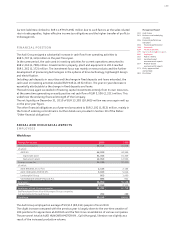 161
161 -
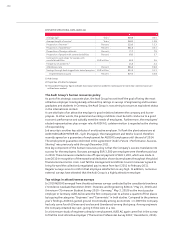 162
162 -
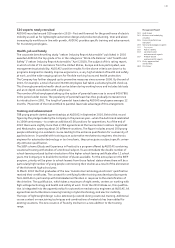 163
163 -
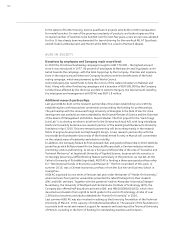 164
164 -
 165
165 -
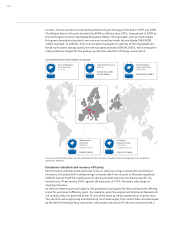 166
166 -
 167
167 -
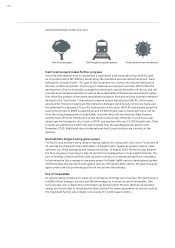 168
168 -
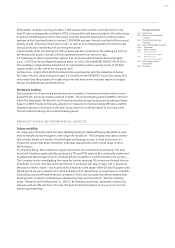 169
169 -
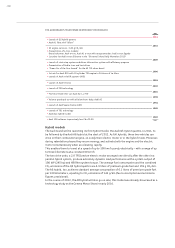 170
170 -
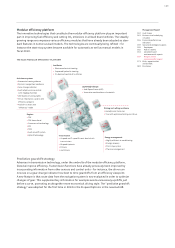 171
171 -
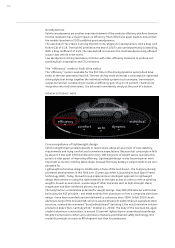 172
172 -
 173
173 -
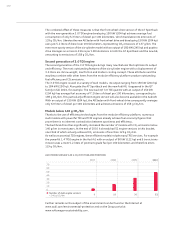 174
174 -
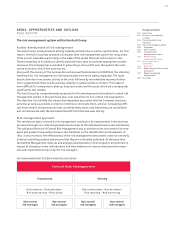 175
175 -
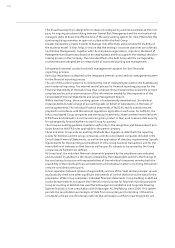 176
176 -
 177
177 -
 178
178 -
 179
179 -
 180
180 -
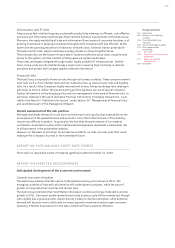 181
181 -
 182
182 -
 183
183 -
 184
184 -
 185
185 -
 186
186 -
 187
187 -
 188
188 -
 189
189 -
 190
190 -
 191
191 -
 192
192 -
 193
193 -
 194
194 -
 195
195 -
 196
196 -
 197
197 -
 198
198 -
 199
199 -
 200
200 -
 201
201 -
 202
202 -
 203
203 -
 204
204 -
 205
205 -
 206
206 -
 207
207 -
 208
208 -
 209
209 -
 210
210 -
 211
211 -
 212
212 -
 213
213 -
 214
214 -
 215
215 -
 216
216 -
 217
217 -
 218
218 -
 219
219 -
 220
220 -
 221
221 -
 222
222 -
 223
223 -
 224
224 -
 225
225 -
 226
226 -
 227
227 -
 228
228 -
 229
229 -
 230
230 -
 231
231 -
 232
232 -
 233
233 -
 234
234 -
 235
235 -
 236
236 -
 237
237 -
 238
238 -
 239
239 -
 240
240 -
 241
241 -
 242
242 -
 243
243 -
 244
244 -
 245
245 -
 246
246 -
 247
247 -
 248
248 -
 249
249 -
 250
250 -
 251
251 -
 252
252 -
 253
253 -
 254
254 -
 255
255 -
 256
256 -
 257
257 -
 258
258 -
 259
259 -
 260
260 -
 261
261 -
 262
262 -
 263
263
 |
 |

169
Management Report
132 Audi Group
141 Business and underlying
situation
156 Financial performance
indicators
159 Social and ecological aspects
159 Employees
162 Audi in society
163 Location-based
environmental aspects
167 Product-based
environmental aspects
173 Risks, opportunities
and outlook
183 Disclaimer
Modular efficiency platform
The innovative technologies that constitute the modular efficiency platform play an important
part in improving fuel efficiency and cutting CO₂ emissions in all Audi brand vehicles. The steadily
growing range encompasses various efficiency modules that have already been adopted as stan-
dard features in numerous Audi models. The technologies are continually being refined – for
instance the start-stop system became available for automatic as well as manual models in
fiscal 2010.
THE AUDI MODULAR EFFICIENCY PLATFORM
Assistance systems
►Economical route guidance
►Dynamic congestion avoidance
►Gear-change indicator
►Audi adaptive cruise control
with stop&go function
►LED daytime running lights
►Driver information system with
efficiency program
►Audi drive select with
“efficiency” mode
Ancillaries
►Electromechanical steering
►Improved hydraulic steering
►On-demand control of ancillaries
Lightweight design
►Audi Space Frame (ASF)
►Innovative combinations of materials
Driving and rolling resistance
►Aerodynamic measures
►Tires with optimized rolling resistance
Energy management
►Highly efficient air conditioning
►Energy recovery
►Start-stop system
►Thermo-management
Transmission
►6-speed and 7-speed S tronic dual-clutch
transmission
►8-speed tiptronic
►R tronic
►multitronic
Engines
►TDI
►TDI clean diesel
►Common rail technology
►FSI
►TFSI
►Audi valvelift system
►Hybrid technology
Predictive gearshift strategy
Advances in transmission technology, under the umbrella of the modular efficiency platform,
likewise improve efficiency. Transmission functions have already previously been improved by
incorporating information from other sensors and control units – for instance, the driver can
now see on a gear-change indicator how best to time gearshifts from an efficiency viewpoint.
A new feature is that route data from the navigation system is now evaluated in order to optimize
changes of gear. This supplementary information for example avoids unnecessary upshifts just
before a curve, promoting an altogether more economical driving style. The “predictive gearshift
strategy” was adopted for the first time in 2010 in the 8-speed tiptronic in the new Audi A8.
